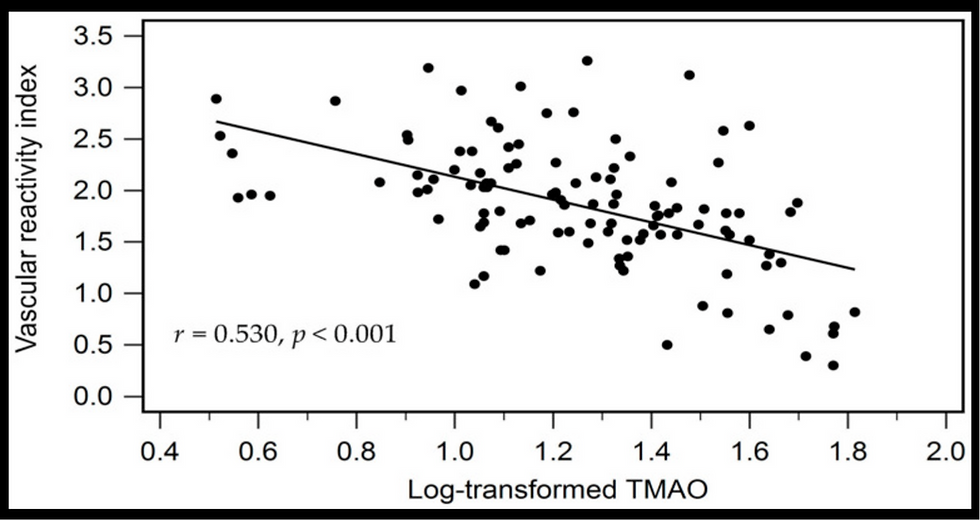Wastewater and enteric transmission of COVID-19?
- heartlung
- Jan 16, 2023
- 3 min read
Lancet Gastroenterol Hepatol. 2020 Apr 1. SARS-CoV-2 in wastewater: potential health risk, but also data source. Lodder W1, de Roda Husman AM2. Author information 1 Centre for Infectious Disease Control, National Institute for Public Health and the Environment, 3720 BA Bilthoven, Netherlands. 2 Centre for Infectious Disease Control, National Institute for Public Health and the Environment, 3720 BA Bilthoven, Netherlands. Electronic address: ana.maria.de.roda.husman@rivm.nl. SARS-CoV-2 in wastewater: potential health risk, but also data source Since the first publications reporting the detection of severe acute respiratory syndrome coronavirus 2 (SARS-CoV-2) in faeces,1 it became clear that human wastewater might contain the novel coronavirus. From Feb 17, 2020, onwards, we took 24-h 10 L samples once a week from human wastewater collected at Amsterdam Airport Schiphol (Haarlemmermeer, Netherlands) for virus analyses. Samples tested positive for virus RNA by quantitative RT-PCR methodology 4 days after the first cases of coronavirus disease 2019 (COVID-19) were identified in the Netherlands on Feb 27, 2020 (unpublished data). This could be explained by virus excretion from potentially symptomatic, asymptomatic, or presymptomatic individuals passing through the airport. Furthermore, human wastewater sampled near the first Dutch cases in Tilburg, Netherlands, also tested positive for the presence of viral RNA within a week of the first day of disease onset (unpublished data).2 These findings indicate that wastewater could be a sensitive surveillance system and early warning tool, as was previously shown for poliovirus.3 To our knowledge, this detection in the Netherlands is the first report of SARS-CoV-2 in wastewater. Whether SARS-CoV-2 is viable under environmental conditions that could facilitate faecal–oral transmission is not yet clear. However, evidence exists of potential community spread, with the virus spreading easily and sustainably in the community in some affected geographic areas such as China.4 A case has also been reported in the USA in which the individual had not been exposed to anyone known to be infected with SARS-CoV-2 and had not travelled to countries in which the virus is circulating.5 Potential enteric transmission also has implications for those working with human waste and wastewater, for whom WHO guidance has been developed specifically in relation to COVID-19. Overall, the provision of safe water, sanitation, and hygienic conditions can offer protection from any infectious disease, including COVID-19. Enteric transmission of SARSCoV-2 is possible and exposure to SARS-CoV-2 in wastewater could pose a health risk. But environmental surveillance of SARS-CoV-2 could serve as a data source, indicating if the virus is circulating in the human population. Previously, this tool has been successfully applied for preclinical identification of Aichi virus.6 The possibility of faecal–oral transmission of COVID-19 has implications, especially in areas with poor sanitation where diagnostic capacity might be limited, such as Africa. Wastewater surveillance, especially in areas with a scarcity of data, might be informative, as we have previously shown in monitoring antibiotic resistance on a global scale.7 AMdRH is Director of the WHO Collaborating Centre for Risk Assessment of Pathogens in Food and Water. WL and AMdRH declare no competing interests. Willemijn Lodder, *Ana Maria de Roda Husman ana.maria.de.roda.husman@rivm.nl Centre for Infectious Disease Control, National Institute for Public Health and the Environment, 3720 BA Bilthoven, Netherlands 1 Holshue ML, DeBolt C, Lindquist S, et al. First case of 2019 novel coronavirus in the United States. N Engl J Med 2020; 382: 929–36. 2 RIVM. Novel coronavirus found in wastewater. https://www.rivm.nl/en/news/novelcoronavirus-found-in-wastewater (accessed March 28, 2020). 3 Lodder WJ, Buisman AM, Rutjes SA, Heijne JC, Teunis PF, de Roda Husman AM. Feasibility of quantitative environmental surveillance in poliovirus eradication strategies. Appl Environ Microbiol 2012; 78: 3800–05. 4 Liu J, Liao X, Qian S, et al. Community transmission of severe acute respiratory syndrome coronavirus 2, Shenzhen, China, 2020. Emerg Infect Dis 2020; published online March 3. DOI:10·3201/eid2606·200239. 5 Ng Y, Li Z, Chua YX, et al. Evaluation of the effectiveness of surveillance and containment measures for the first 100 patients with COVID-19 in Singapore— January 2–February 29, 2020. MMWR Morb Mortal Wkly Rep 2020; 69: 307–11. 6 Lodder WJ, Rutjes SA, Takumi K, de Roda Husman AM. Aichi virus in sewage and surface water, the Netherlands. Emerg Infect Dis 2013; 19: 1222–30. 7 Hendriksen RS, Munk P, Njage P, et al. Global monitoring of antimicrobial resistance based on metagenomics analyses of urban sewage. Nat Commun 2019; 10: 1124.
![Lipoprotein(a) levels predict endothelial dysfunction in maintenance hemodialysis patients: evidence from [VENDYS] vascular reactivity index assessment](https://static.wixstatic.com/media/dac531_5285607cc591409a9d83746f042af7c6~mv2.png/v1/fill/w_980,h_980,al_c,q_90,usm_0.66_1.00_0.01,enc_avif,quality_auto/dac531_5285607cc591409a9d83746f042af7c6~mv2.png)


Comments